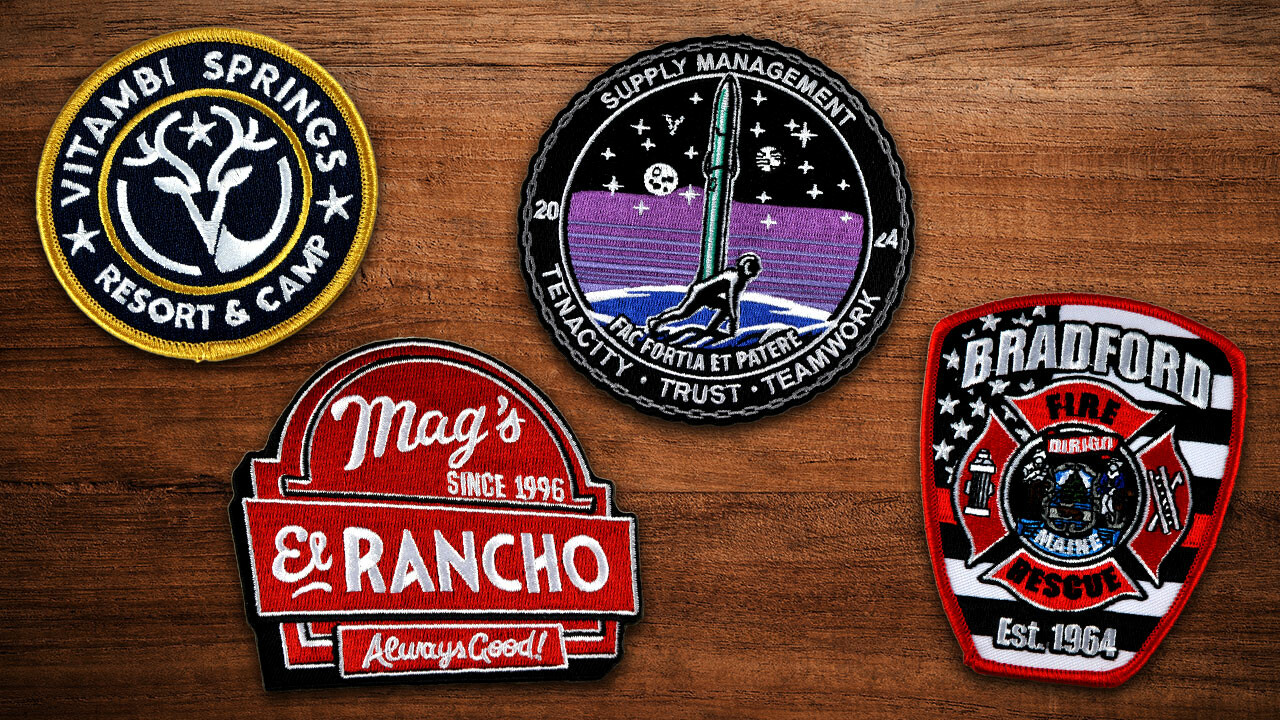
Choose The Right Custom Patch Border
Choosing the right border style can mean the difference between an ordinary patch and a great one. Here's how to decide which style is right for your design
When you’re ordering custom patches, you have a range of choices in multiple aspects of the design. You can choose the size and shape of the patch, as well as the color of both the background twill and the thread used.
Those are all essential elements to decide. But there’s one more you might not have thought of – the patch border style.
Did you know there’s more than one border style available for custom patches? There are two, and the question of which one to use depends on the size and shape of your patch, and which fits your design best.
Why Patches Need Borders
You might think “what’s the big deal? Why do patches need borders in the first place?”
That’s easy. They need borders for durability. Without them, patches would fray, ravel and looks sloppy or incomprehensible in short order. The border protects the edges of the patch and keeps it looking pristine.
The border style also contributes to the aesthetic appeal of a patch. One signifies a traditional style, while the other features a more contemporary look. Your choice can make a significant difference in the appearance of your patches.
On the Border: The Two Basic Types
There are two common types of borders for custom patches. One, the merrowed border, is created by a special type of sewing machine. The other, the hot cut border, is created, as the name implies, with a hot blade or laser.
You have a choice of border type for embroidered and woven patches. PVC patches are available only with hot cut borders.
The Merrowed Border
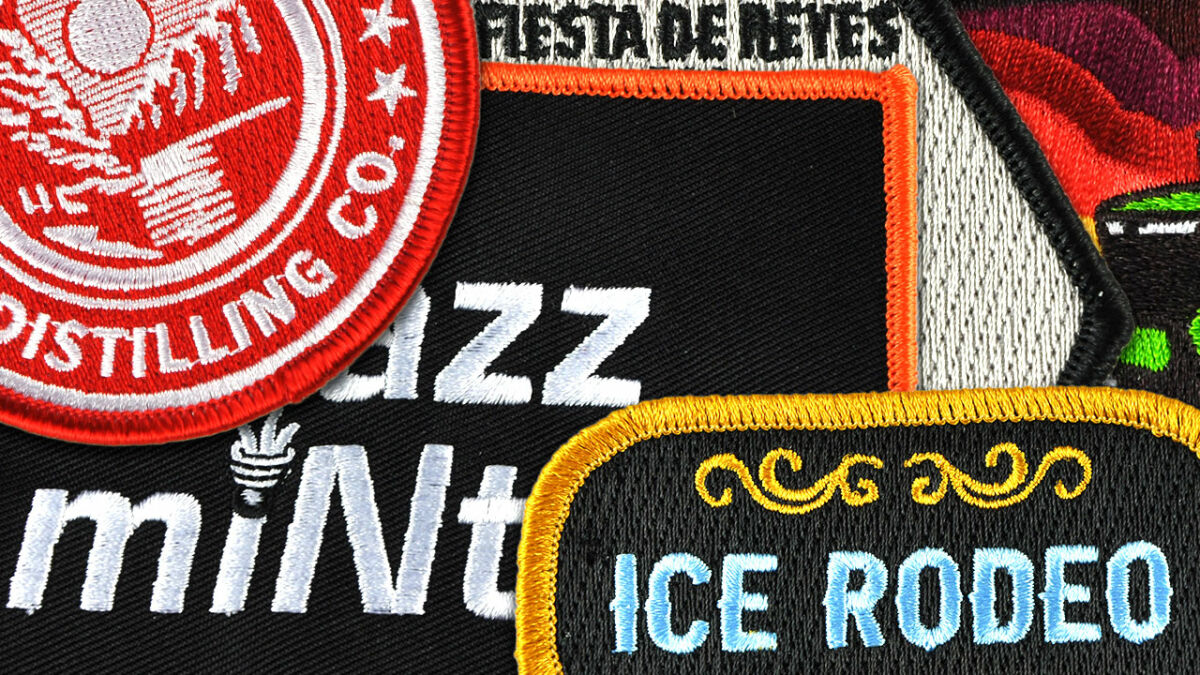
The merrowed border is the original patch border. It’s a sewn border, created on an overlock sewing machine such as that made by the Merrow® Sewing Machine Company – hence the name.
An overlock stitch wraps around the outside of the patch, which forms a wrapped thread border. This technique adds weight and durability to the patch material, and eliminates the possibility of frayed edges. It also gives the patch a finished look, with a clearly defined raised edge above the garment it’s attached to. This style is quite popular for uniform patches.
Merrowed borders are best suited to patches of standard geometric shapes such as circles, squares, rectangles and triangles.
About The Merrow Company
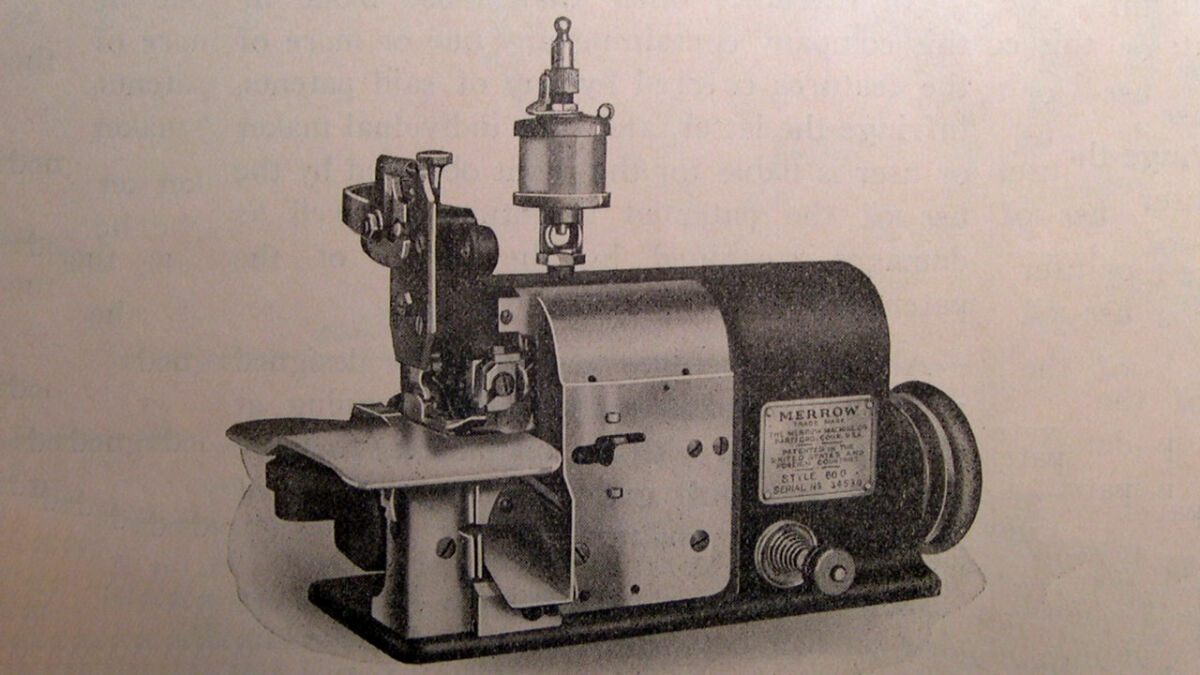
The Merrow Company didn’t start out as a sewing machine manufacturer. In 1822, founder Joseph Makens Merrow originally opened a powder mill in Connecticut to make gunpowder. That ended with a bang eight years later when a gunpowder explosion destroyed the mill.
In 1838, Merrow, in partnership with his son, Joseph B. Merrow founded a knitting mill on the site of the former gunpowder mill. By the 1840s, the company built a machine shop at the site to service and develop machinery for the textile mill. It was here that the founder’s grandson, also named Joseph M. Merrow, built the first overlock sewing machine.
The machines proved so successful that the company began selling them to other textile mills. After a fire in 1887 destroyed the knitting mill, the company focused exclusively on building the machines.
Today, the term “merrowed” is an industry standard term for the overlock edge created by Merrow machines. The Merrow Sewing Machine Company, as it was renamed, remains the oldest manufacturer of sewing machines operating in the United States, and is still family owned.
Hot Cut Borders
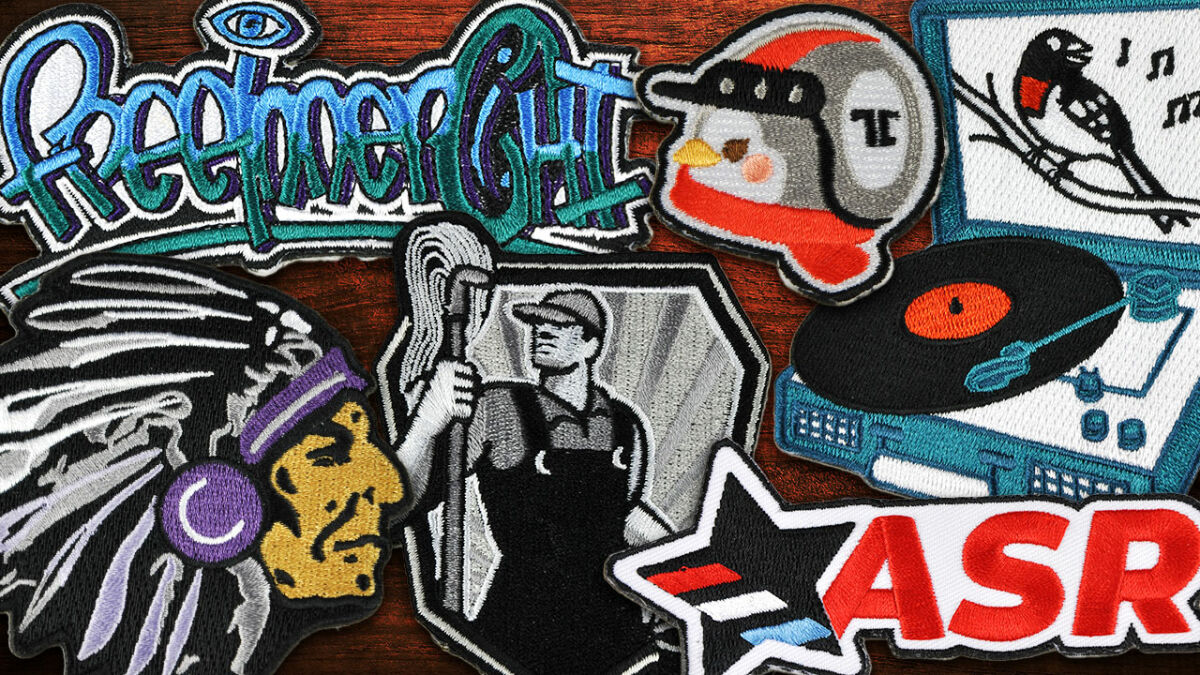
Hot cut borders use a laser to heat-seal the edges of a patch. The finished result won’t ravel or fray. It offers a flat, low-profile finish, unlike the merrowed border. The result is a patch that’s less distinctly separated from the garment it’s attached to. It’s a clean, spare look. Those more accustomed to a traditional patch might think it looks unfinished without a raised border. Others will see it as a more contemporary look.
Hot cut borders offer greater design flexibility. They’re ideal for custom-shaped patches such as silhouettes of ships, aircraft or specific business items. They make it easy to recreate iconic image shapes such as neon signs in patch form.
While embroidered or woven patches can feature either merrowed or hot cut patches, PVC patches require hot cut borders. That’s because, unlike woven or embroidered patches, they have no thread. They’re a single soft, rubber-like plastic that can be molded to virtually any shape.
Comparing Merrowed vs. Hot Cut Borders
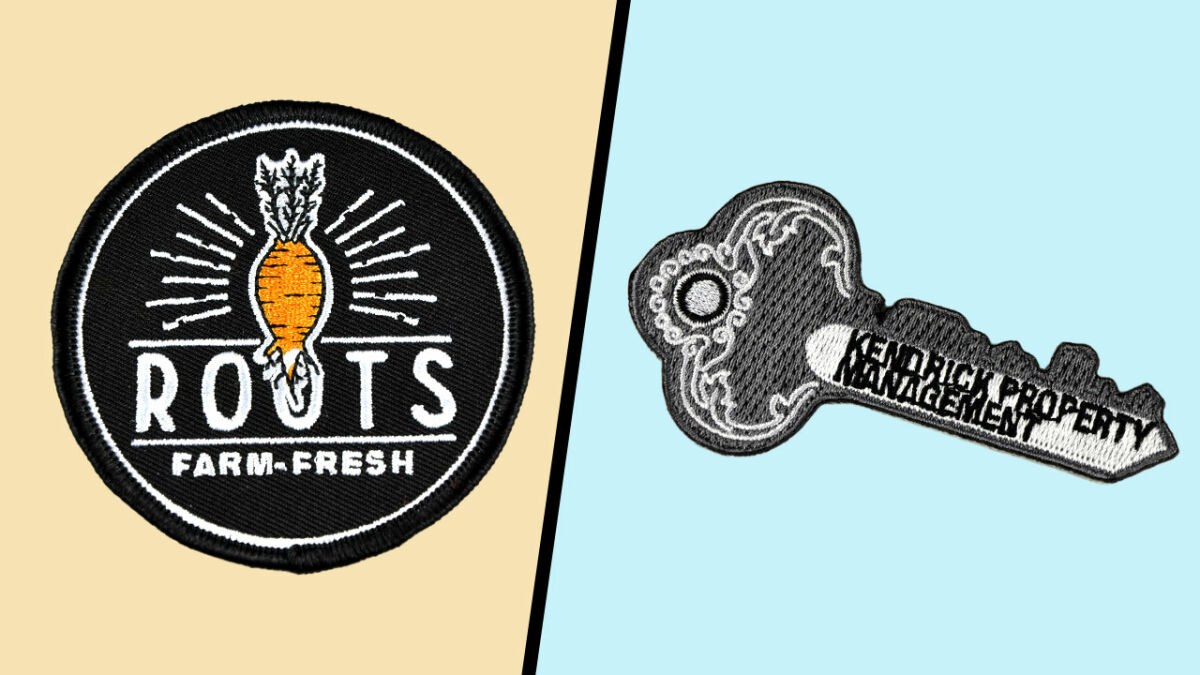
Both border styles have their pros and cons. Here are some of them:
Merrowed:
- Best for simpler, geometric shapes
- Classic, finished look with visible distinction between patch and garment
- Tends to be more durable than hot cut
- Not available on PVC patches
Hot Cut:
- Best for complex, non-symmetrical and custom shape
- Sleek, contemporary look. Edge lies closer to garment, so less visible distinction between them
- Slightly more expensive than merrowed
- Required for PVC patches
A Word About Attaching Your Patches

You might be concerned about whether your choice of border style will affect how you attach your patches. No need for concern. Embroidered and woven patches can still be sewn on or ironed on with either merrowed or hot cut borders.
The only exception is PVC patches. Because the patches themselves can’t withstand the heat required, they’re not available with iron on backing.
Velcro® hook-and-loop fasteners are an option for all patch types. They’re ideal for patches that you need to be able to remove or transfer between garments.
Questions About Patch Borders? Contact Us!
At Patches4Less.com, we offer both merrowed and hot cut borders for your custom patches. The merrowed style is standard, with hot cut borders available at a slightly higher cost.
If you’re not sure which border style will work best for your design, don’t worry. Our experienced staff can advise you on all aspects of your patch design, including size, colors, border styles, and more.
At Patches4Less.com, we make it easy. We will work with you to ensure your design are perfect for your specific needs. Just call or email us to get a free quote and see how easy ordering great-looking custom patches can be!